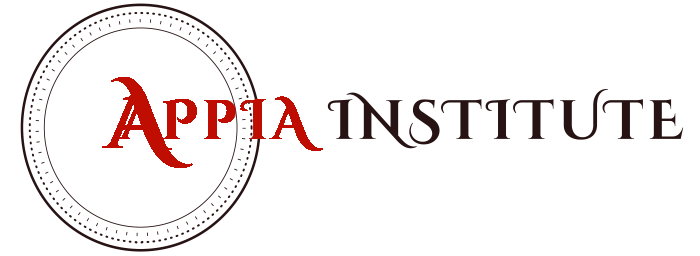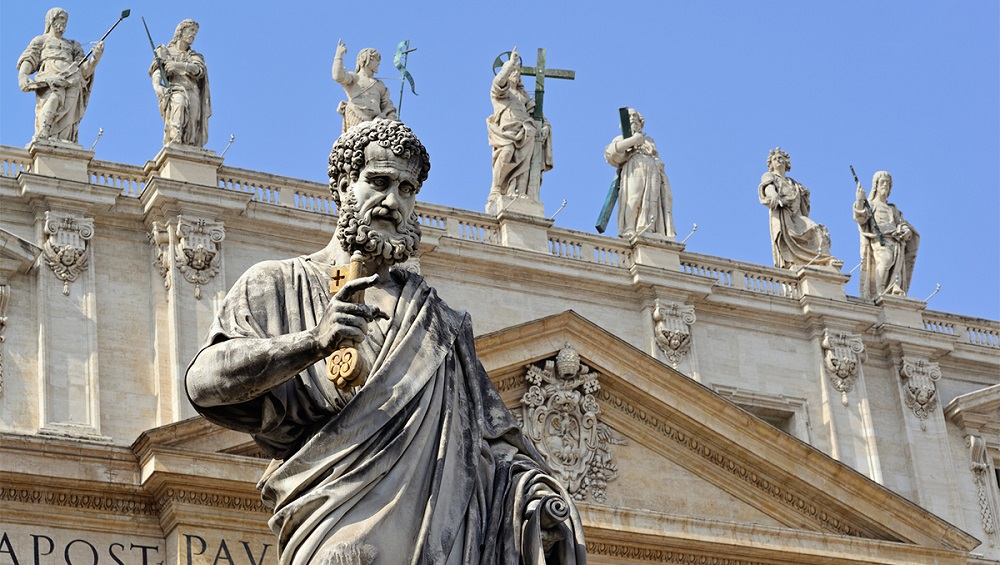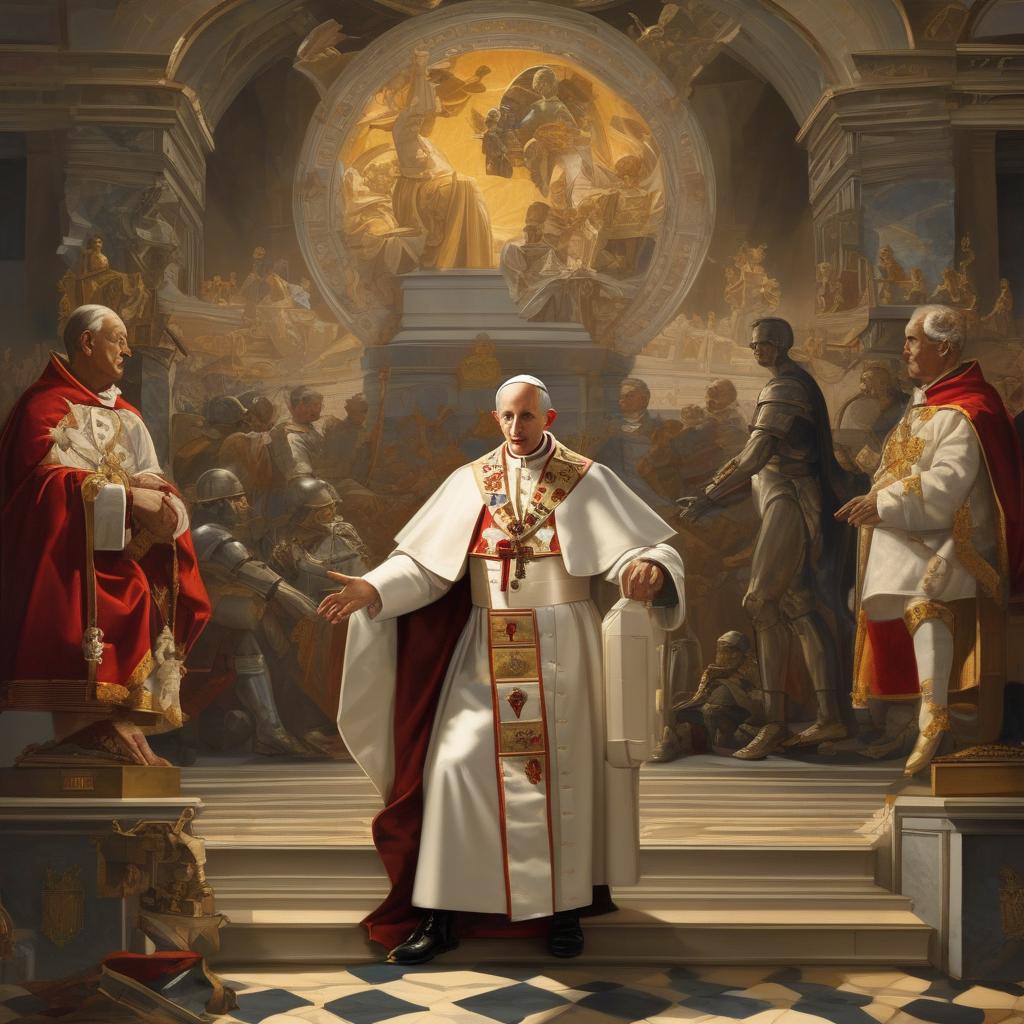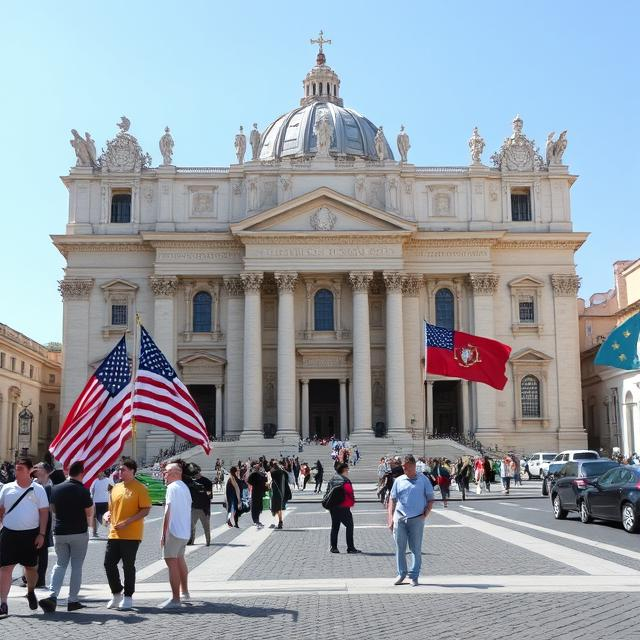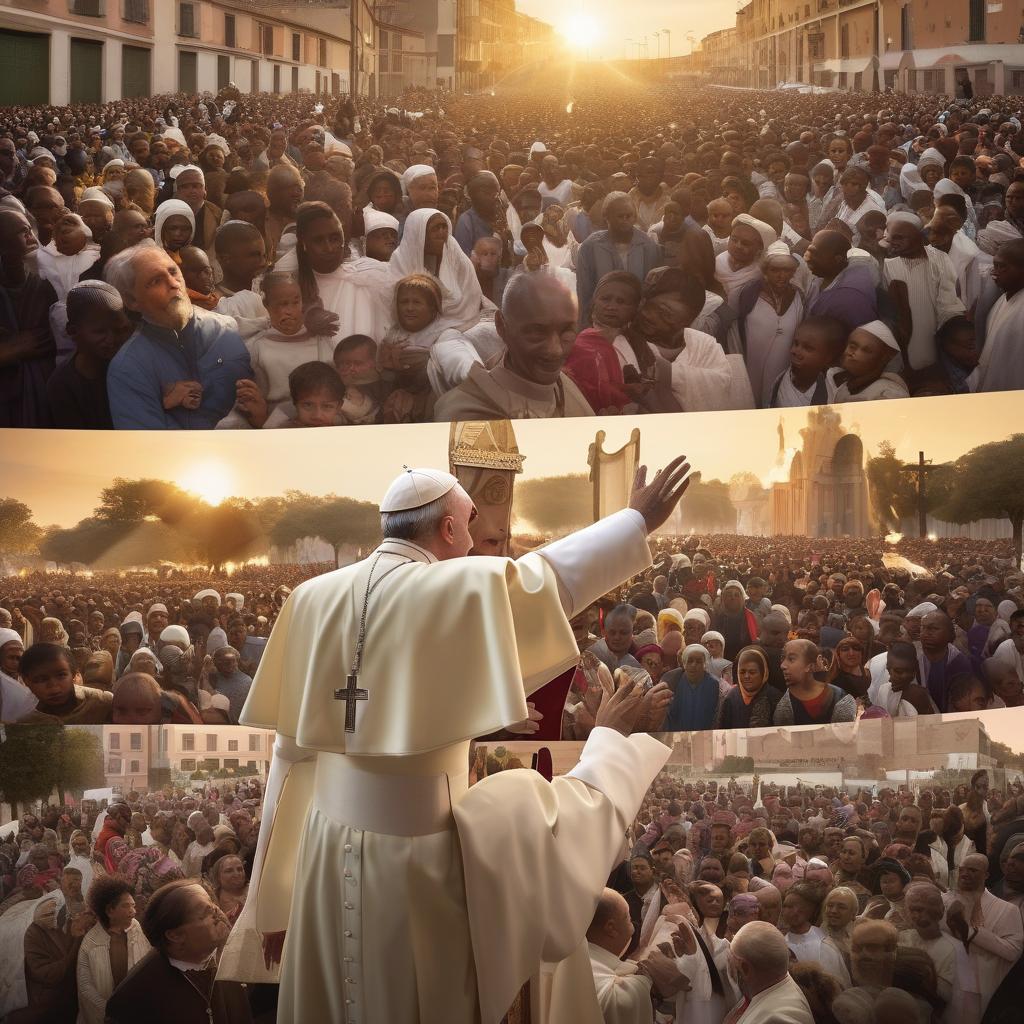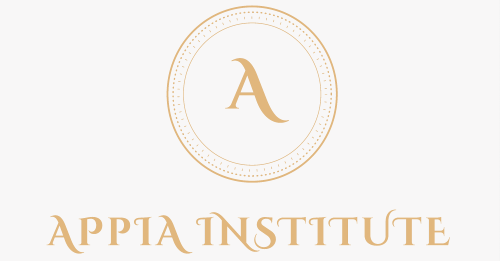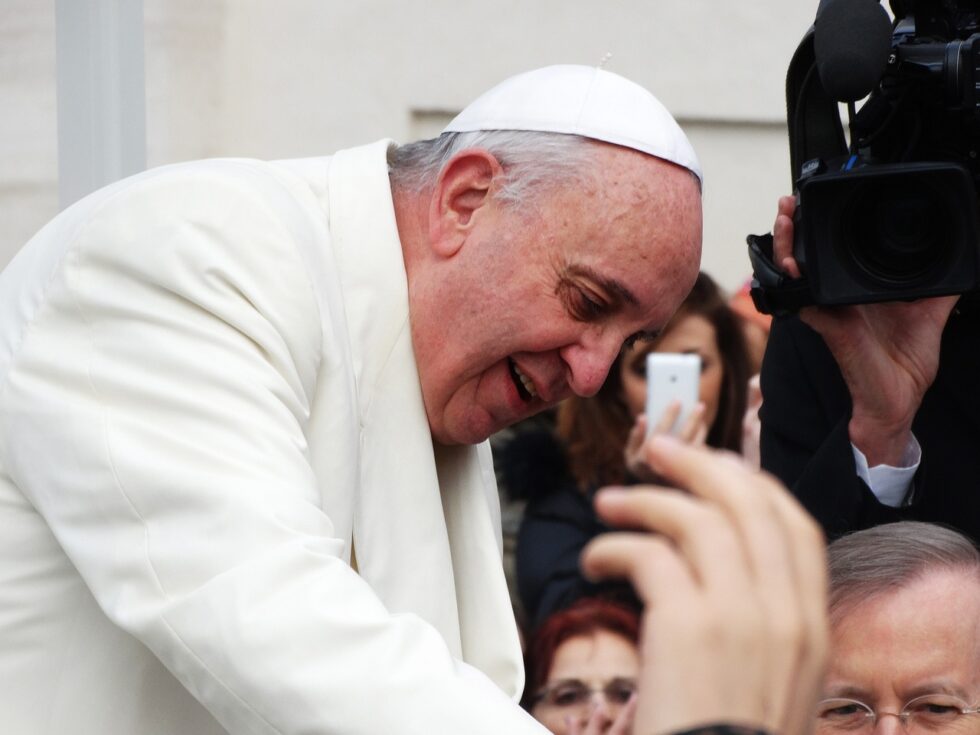
For eight billion humans or for the Church? For the masses or for the needs of the people? For the minorities or with the majority? The riddles and considerations in the choice of the next Pope and the extraordinary legacy of Jorge Bergoglio.
He was a beacon, a lighthouse for the common people, the downtrodden, the have-nots, and those discriminated against in one way or another—those who wanted to live in harmony, peace, and love with other people and nature. Francis (Jorge Bergoglio) was not simply the head of the Catholic Church; he was a voice for eight billion humans on Earth, irrespective of their faith.
Every pope tried to embody this role, but perhaps never since early Christianity has any pope invested so much heart into it and achieved such success. Thus, the first question for his successor is clear: will he follow this path, or will he choose to change course? Many within the Church object, arguing that too much effort to engage non-Christians undermines the authenticity of the Church.
Francis’s outreach to the Chinese, Muslims, Hindus, and atheists did not translate into increased attendance at Mass. Churches remained empty, particularly in the traditional Catholic heartlands of Europe and Latin America. His opponents argue that without caring for those already in the Church, attracting people from outside will be futile, leaving the institution as an empty shell.
The next pope may seek to strike a balance between these two trends, but it remains unclear how that can be achieved. With such an overarching and immense reach to every human on the planet, the task facing the next pope could be monumental. The challenges are arguably more daunting than ever before.
Evangelicals and Pentecostals are making inroads wherever Catholics once held sway, not only in Europe and Latin America but also in emerging frontiers in Africa, India, and China. For instance, Catholics in China may number around ten million, but self-proclaimed Christians or pseudo-Christians could be in the hundreds of millions.
Thus far, the Church remains divided on how to approach this phenomenon. Some argue that it represents a challenge and that the faithful must be drawn back to the true faith. Others contend that it is irrelevant; people are simply more connected to communities and pastors who resonate better with their needs. This dilemma intensifies as millions turn to Christianity, distancing themselves from their original non-Christian faiths.
Moreover, there’s the complex issue of mega-states that house 40% of the world’s population—namely China and India. Francis aimed to travel to China but was never invited, while Indian Prime Minister Narendra Modi extended an invitation, which Francis declined due to concerns by the local Catholic Church.
In this context, India clearly holds an advantage in fostering relations with the next pope. If Modi can reach an agreement with local Catholics, India could align itself more closely with the Church, potentially yielding significant geopolitical dividends. Modi seeks to forge a new Indian identity grounded in Hindu nationalism, often positioned against Islamic and Christian faiths.
However, Catholicism has been part of the subcontinent’s identity since the first century AD, with legends suggesting that Jesus traveled to India to learn from local gurus before returning to Israel at the age of 30. Christianity is woven into the fabric of Indian identity, perhaps it could push Modi and his allies to come to grips with this reality. Embracing Catholicism could provide India an edge in its competition with China.
About China, the Church could place ties with Beijing on the back burner unless Chinese bold initiatives emerge, though such a development seems unlikely. This situation could impact China’s overall global standing. Under Francis, the Church became a center for dialogue and discreet mediation as the UN waned and great powers engaged in arm-wrestling over various issues. Being excluded from Vatican discussions could be uncomfortable for Beijing.
Yet, to navigate these choices, the cardinals must first elect the next pope. They are deeply divided, representing over 70 countries—a larger diversity than ever before, including Iran, Pakistan, and Mongolia. Francis aimed for broader global representation.
Many of these cardinals have never met and hardly know one another, making consensus difficult. Italians represent the largest single bloc, with 19 cardinals out of 138, two stationed abroad in Jerusalem and Ulaanbaatar. They may help steer the conclave, but it remains uncertain whether they will successfully install their preferred candidate in the white robe.
The second-largest group consists of Americans, with 10 cardinals. They played a crucial role in electing Francis, but now they are divided into progressive and conservative factions, leaving unclear whether they can wield the same influence.
There are 18 African cardinals. The continent represents the immediate future of the Church, marked by many conversions and pressing issues such as migration and geopolitical competition between rising powers like China and historical colonial powers. However, it is uncertain whether a towering, globally-minded figure will emerge from this group, as the Pope needs to be a pastor to the world.
Additionally, it remains unclear whether traditional criteria will apply in selecting the next pope. Historically, a pope was expected to be a bishop with significant experience in a large Catholic diocese, which would eliminate candidates like Cardinal Parolin, the Secretary of State, who has never served as a diocesan bishop, or Cardinal Bo from Myanmar, where Catholics are a tiny minority. Both are considered politically savvy and charismatic figures, making them potential choices.
However, with an increasing number of cardinals from countries where Catholics often constitute small groups—and in a world where Catholicism is a minority rather than a majority—these traditional criteria may no longer apply.
Lastly, the new pope will have to navigate the sensitive relationship with the United States, the ultimate superpower, the bulwark of the Western world, and the single largest donor to the financially strapped Vatican.
The next pope cannot adhere blindly to American interests, as this could alienate the rest of the world. Conversely, being confrontational could alienate millions of faithful. Complicating matters further is the bitter division within the American Catholic Church, marked by traditionalists opposing Francis and progressives supporting him, all within a country itself divided over President Donald Trump. The next pope may also face the challenging task of helping America find a new sense of unity.
finis



